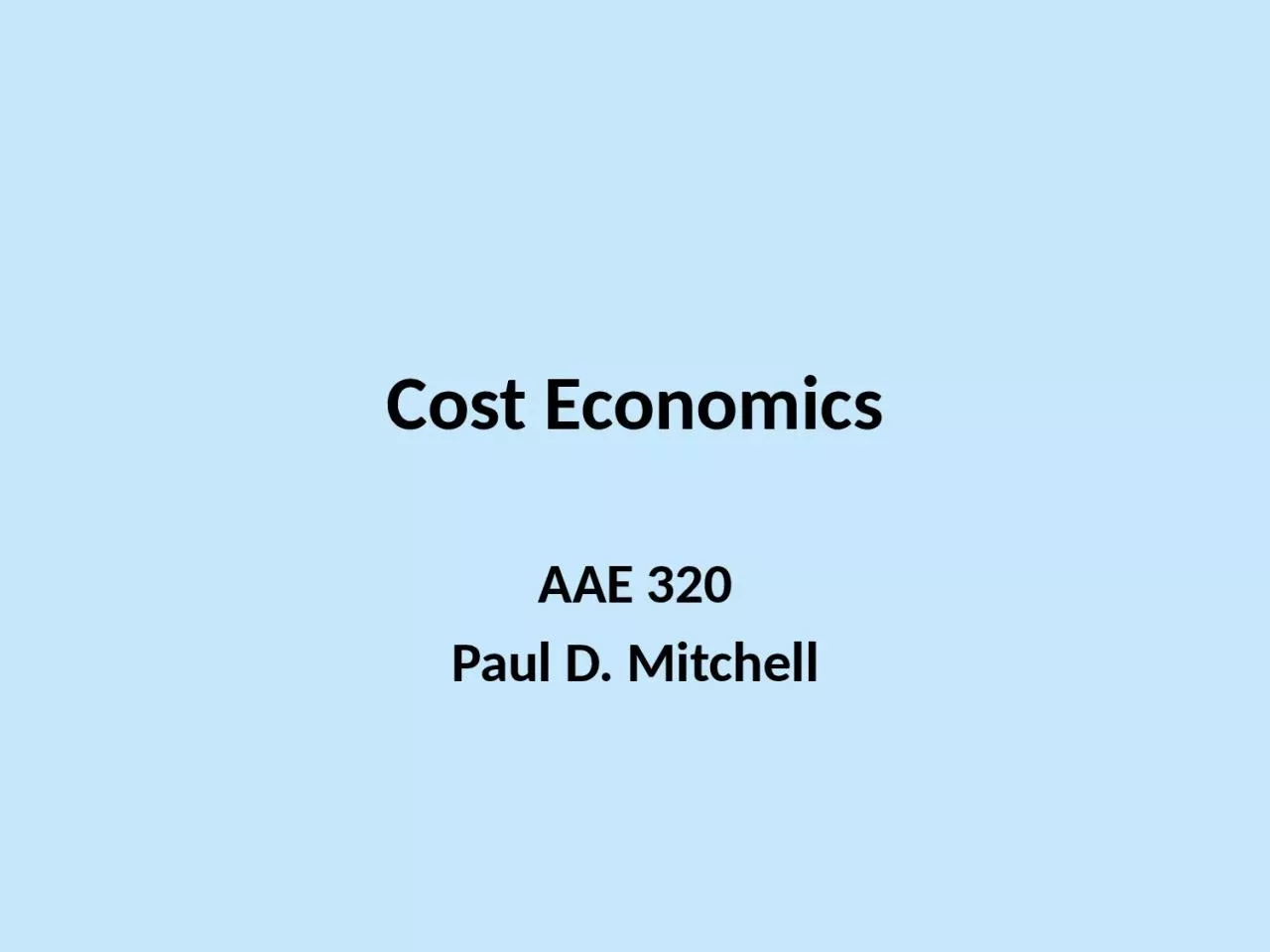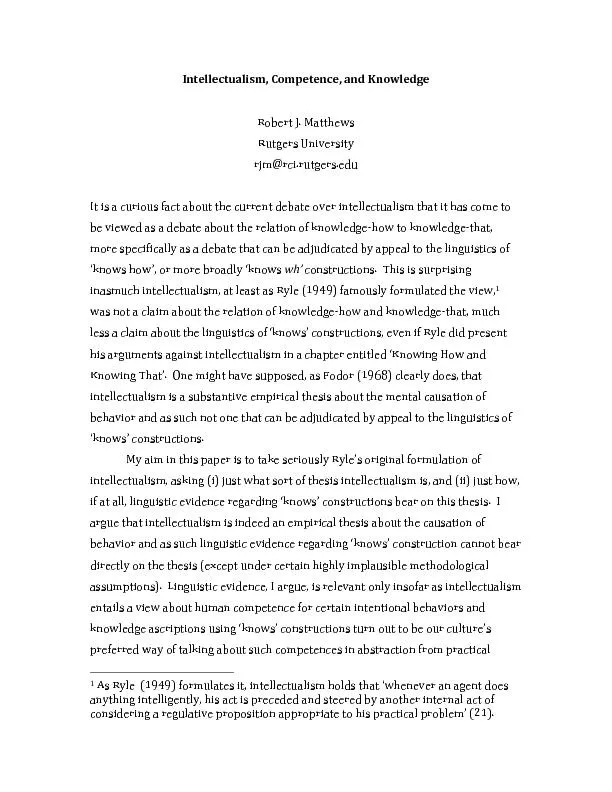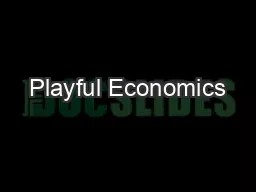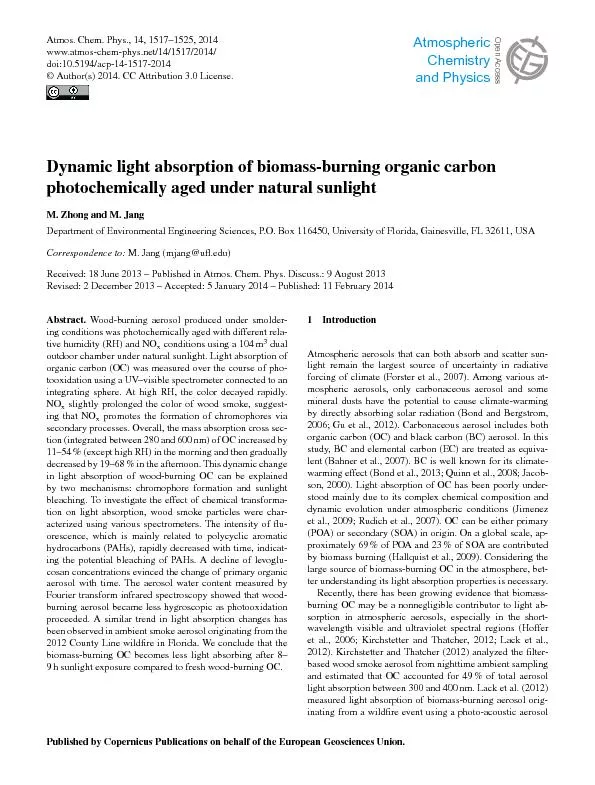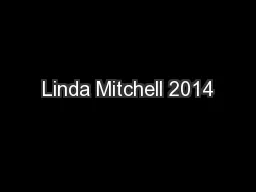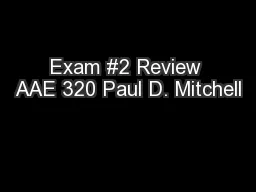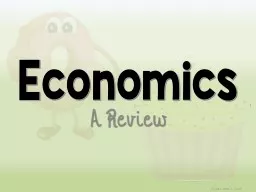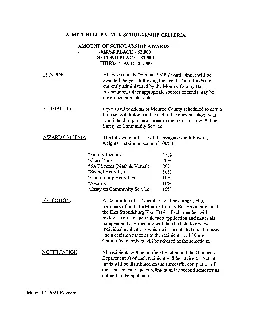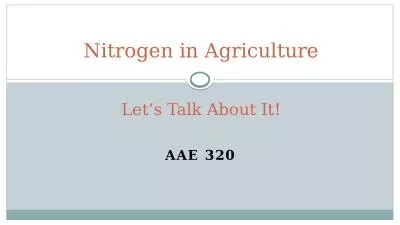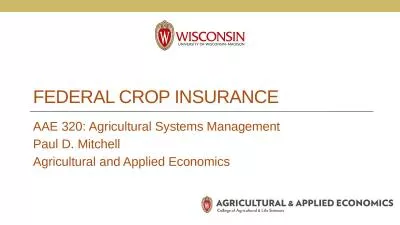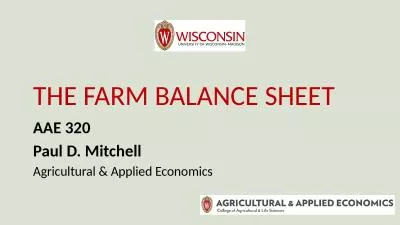PPT-Cost Economics AAE 320 Paul D. Mitchell
Author : maisie | Published Date : 2023-10-31
Goal of Section Overview what economists mean by Cost Economic Cost Functions Derivation of Cost Functions Concept of Duality What it all means Economic Cost Economic
Presentation Embed Code
Download Presentation
Download Presentation The PPT/PDF document "Cost Economics AAE 320 Paul D. Mitchell" is the property of its rightful owner. Permission is granted to download and print the materials on this website for personal, non-commercial use only, and to display it on your personal computer provided you do not modify the materials and that you retain all copyright notices contained in the materials. By downloading content from our website, you accept the terms of this agreement.
Cost Economics AAE 320 Paul D. Mitchell: Transcript
Download Rules Of Document
"Cost Economics AAE 320 Paul D. Mitchell"The content belongs to its owner. You may download and print it for personal use, without modification, and keep all copyright notices. By downloading, you agree to these terms.
Related Documents

